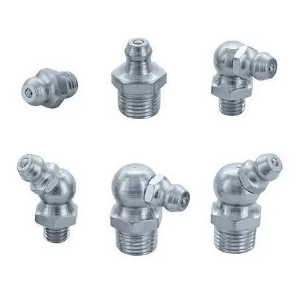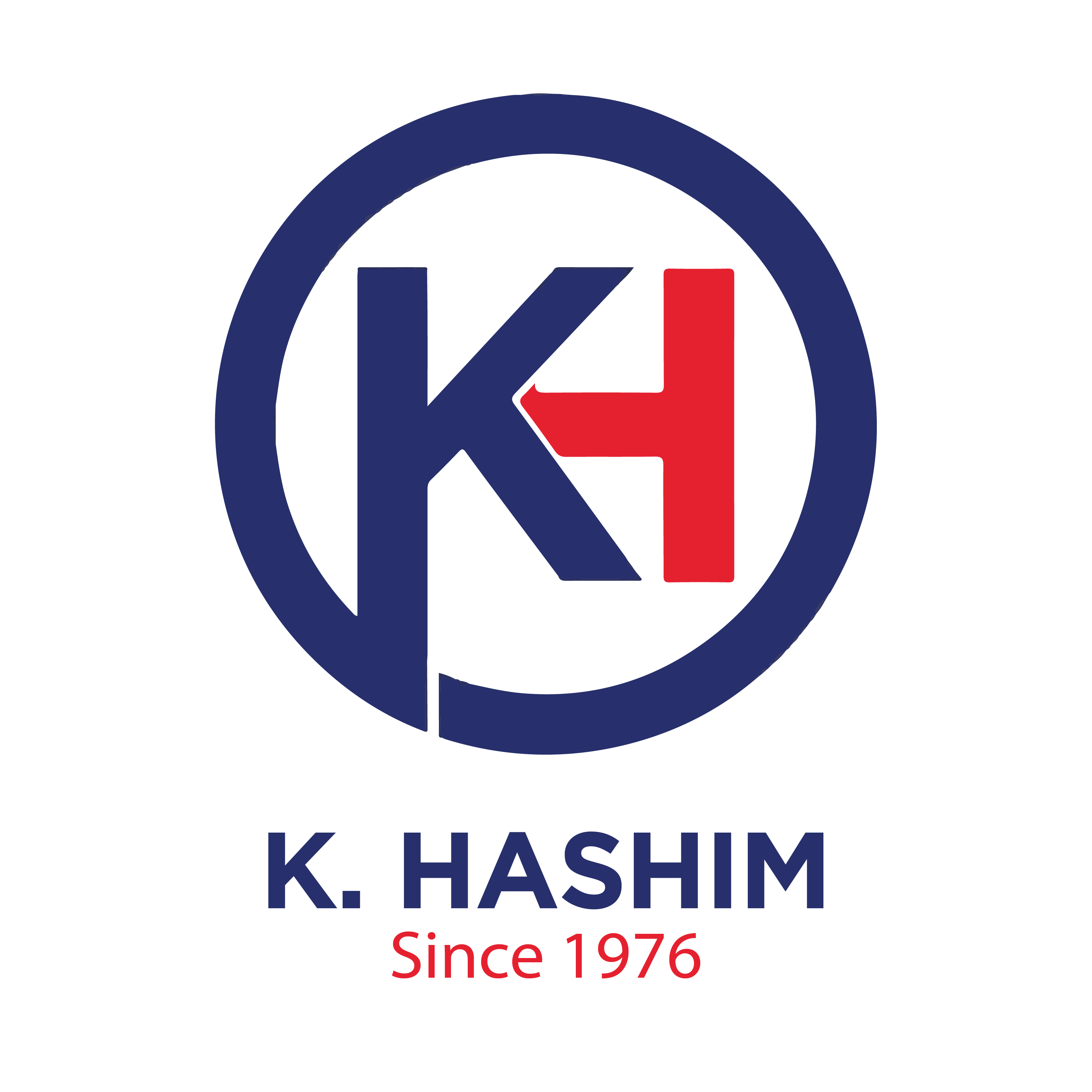Blog

Why Stainless Steel Grease Nipples Are Essential for Corrosion-Prone Environments
Industrial environments present unique challenges that demand robust solutions. Among the many components that keep machinery running smoothly, grease nipples play a vital role in ensuring proper lubrication reaches critical parts. When operating in harsh conditions where corrosion poses a constant threat, stainless steel grease nipples emerge as the preferred choice for maintaining equipment reliability and longevity.
The Corrosion Challenge in Industrial Settings
Industrial facilities in regions like the UAE face particularly demanding conditions. High humidity levels, salt-laden air from coastal proximity, and exposure to various chemicals create an environment where standard materials quickly deteriorate. Conventional grease nipples made from galvanized steel or brass may initially provide adequate service but often succumb to corrosion within months or years of installation.
Corrosion affects more than just the appearance of components. When grease nipples begin to corrode, their functionality deteriorates rapidly. Rust particles can contaminate lubricants, the ball valve mechanism may seize, and eventually, the entire fitting may fail. Equipment downtime, replacement costs, and potential damage to expensive machinery make corrosion prevention a critical concern for facility managers.
Superior Properties of Stainless Steel
Stainless steel grease nipples offer remarkable resistance to corrosion through their unique metallurgical composition. The chromium content in stainless steel forms a passive oxide layer on the surface, which naturally protects against rust and corrosion. Even when scratched or damaged, this protective layer regenerates automatically when exposed to oxygen.
Temperature variations that commonly occur in industrial environments pose little challenge to stainless steel components. Whether subjected to extreme heat from machinery operation or temperature fluctuations in outdoor installations, stainless steel grease nipples maintain their structural integrity and functional performance. The material’s strength characteristics remain stable across a wide temperature range, ensuring consistent operation regardless of environmental conditions.
Economic Benefits and Long-Term Value
While stainless steel grease nipples may require a higher initial investment compared to standard alternatives, the long-term economic benefits justify the expense. Reduced replacement frequency translates to lower maintenance costs over the equipment’s lifespan. Facility managers report significant savings in both material costs and labor hours when switching to stainless steel fittings.
Maintenance schedules become more predictable with stainless steel components. Rather than planning for frequent replacements due to corrosion failure, maintenance teams can focus on routine lubrication tasks. The reliability of stainless steel grease nipples allows for better planning and resource allocation in maintenance operations.
Installation and Maintenance Considerations
Installing stainless steel grease nipples follows standard procedures, making the transition from conventional fittings straightforward. The threading specifications match industry standards, ensuring compatibility with existing equipment and grease gun attachments. Most industrial supply companies stock various sizes and configurations to meet specific application requirements.
Regular inspection remains important even with corrosion-resistant fittings. While stainless steel provides excellent protection against environmental factors, mechanical damage or improper installation can still affect performance. Maintenance teams should verify that fittings remain tight, the ball valve operates smoothly, and no signs of physical damage are present.
Conclusion
Investing in stainless steel grease nipples represents a practical approach to maintaining equipment reliability in challenging industrial environments. The superior corrosion resistance, temperature stability, and chemical compatibility of stainless steel components provide long-term value that extends far beyond their initial cost.





